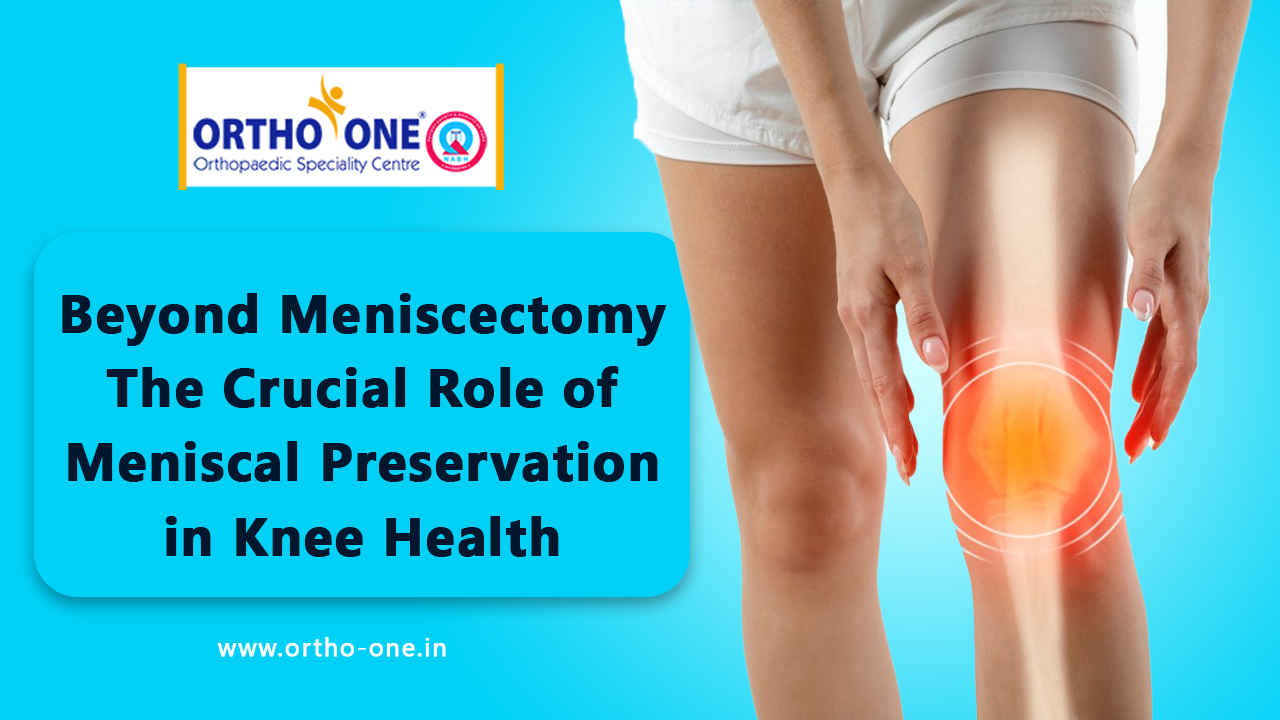Beyond Meniscectomy The Crucial Role of Meniscal Preservation in Knee Health
The meniscus is a cartilage present in the knee that acts as a cushion or shock absorber. Each knee has two menisci which are very important for the stability of the knee. Meniscus tears can happen due to trauma or because of wear and tear in the aging population. Initially, meniscectomy was the most common procedure followed to treat meniscal tears, where portions of the damaged meniscus were either partially or completely removed. However, recently there has been a debate going on whether to excise the meniscus or preserve it during knee surgeries. Dr. David V Rajan, a world-renowned Arthroscopic knee and shoulder surgeon, answers this important question and discusses the reasons for his opinion.
“Do you think that the shock absorbers in your two-wheelers or four-wheelers are essential for a smooth ride? Any mechanic would let you know that without them our vehicles will get completely damaged. Similarly, the knee meniscus, which is the shock absorber of our knees, is essential for a healthy knee joint. If there is any damage to the meniscus, it is essential to repair or restore it, without which the knee joint will be damaged due to wear and tear and will end in osteoarthritis,” says Dr. David V Rajan.
“Any patient who undergoes ACL surgery or meniscus surgery under my care can rest assured that we will do our best to preserve the meniscus as much as possible,” assures Dr. David V Rajan. There are many different techniques that can be used to achieve this including passing sutures, using implants, and all-inside, inside-out, outside-in. All these techniques can be used together as a combination or one of these techniques can be used depending on the extent, location, and severity of the meniscal tear.
Many people can continue with their normal routine without much discomfort during the initial few days after a meniscal tear happens. Due to this, there is a delay in consulting a doctor under the misconception that the injury is minor and will self-heal. According to Dr. David V Rajan, “Repairing the meniscal tear can be done very easily if the patient approaches the doctor at an early stage. However, the more he/she delays getting treatment meniscal repair and preservation gets harder to achieve.” Hence, it is very important to consult a doctor immediately if you have had a fall or if your knee feels swollen, tender, or unstable.
After meniscal repair surgery, the patient will have to go non-weight bearing or have a prolonged rehabilitation period. This will help the meniscus to heal completely allowing complete recovery. However, Dr. David V Rajan believes the delays and difficulties faced during the recovery period are a small price to pay for knee health which the patient can enjoy for a very long time. When the meniscus is repaired well or preserved efficiently, the patient can continue to participate in sports or partake in any activity of their choice without any discomfort or pain.
Dr. David V Rajan is therefore of the opinion that meniscal preservation is absolutely mandatory and has to be done whenever possible. Maintaining your shock absorbers will help the knee joints to function without any pain and plays a vital role in maintaining a healthy and active lifestyle.





